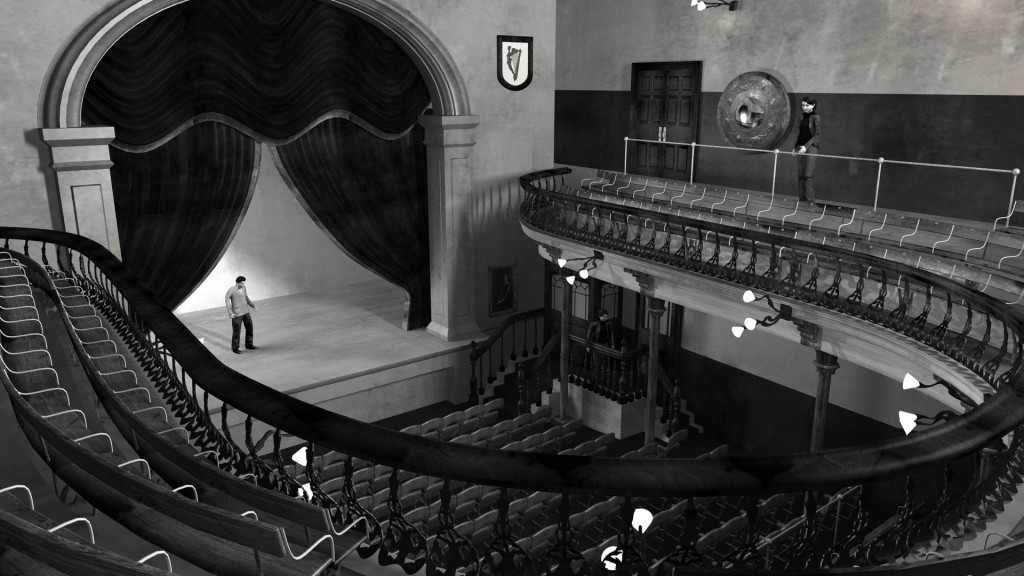SAMPLE:

Date: 11/15/1925
When I was younger, I heard all about the riots following the performance of Synge’s The Playboy of the Western World at the Abbey Theatre in Jan. 1907 (and, subsequently, in the United States in 1911). After reading about O’Casey’s popular plays staged at the Abbey Theatre over the past few years, I felt compelled to plan a visit. Yesterday, during my stay in Dublin, I left Trinity College and walked northeast on Dolier Street. I crossed the River Liffey via the O’Connell Bridge, turned east before the O’Connell Monument, walked along the Eden Quay, and turned north onto Marlborough Street. Finally, I saw the building’s brick facade on Lower Abbey Street, with its entrance flanked by advertisements for the plays currently being performed. I walked inside. Once I entered the theatre, I made my way up to the balcony and gazed down upon the stage. I sat and rested. After a while, I decided to leave the theatre, so I walked back through the front doors and headed east on Lower Abbey Street in the direction of the Custom House, destroyed four years ago during the War for Independence.

Later that evening, I had a dream that my great-great grandchild also went to a building called the Abbey Theatre; although this building appeared to be standing on the same spot as the structure I visited yesterday, the building was entirely different – more angular, I might say, and lighter in hue – unlike almost any structure I have seen. When I woke up, I couldn’t shake the feeling that this was a premonition, and that one day, the Abbey Theatre would be reconstructed just as I’d seen, with no balcony like the one on which I stood yesterday but a bright, inviting facade and theatergoers as excited as the ones today. If this truly was a vision, I am glad that the Abbey Theatre still exists in some manner for future Dubliners.
